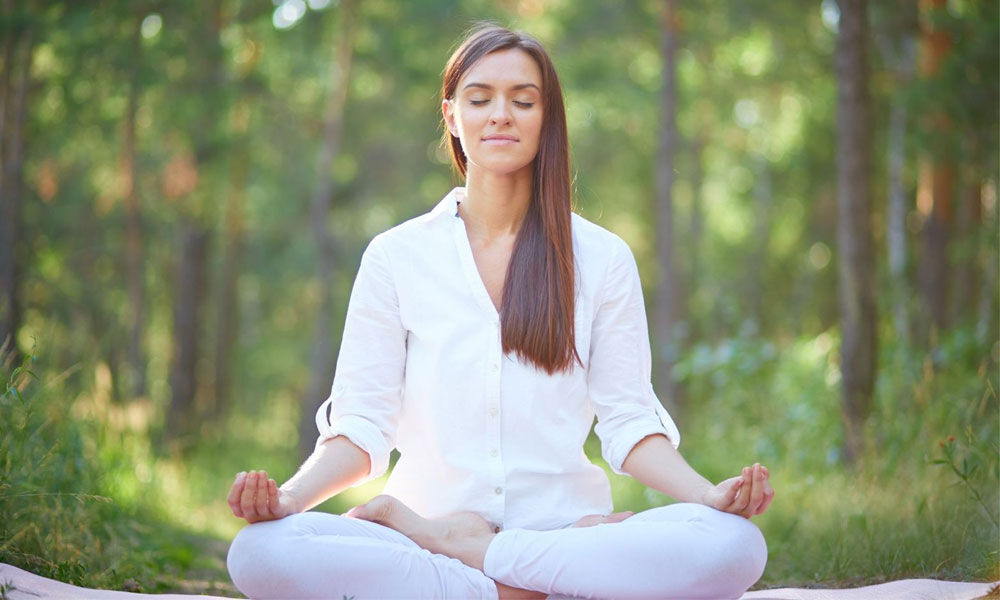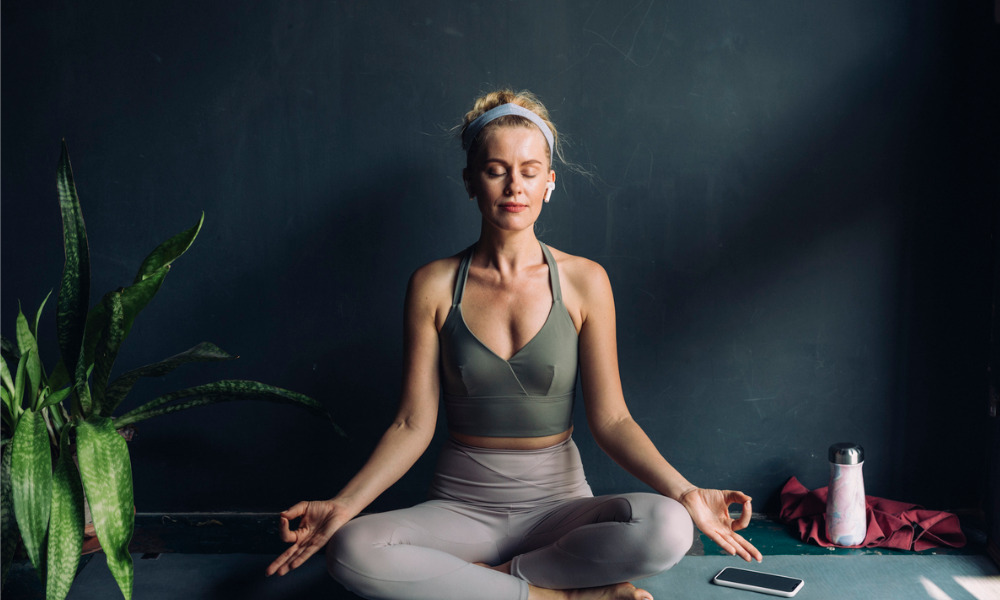Meditation is a practice that has been around for thousands of years and has gained popularity in recent times. It is a way to train your mind to focus and increase awareness of the present moment. Meditation can be done by anyone, regardless of age, gender, or religion. It is a personal journey that can help you find inner peace, reduce stress, and improve your overall well-being. Let’s explore how to navigate the world of meditation and develop a personal practice.
Step 1: Find a Quiet Space
The first step in developing a personal meditation practice is finding a quiet space where you can sit and meditate without any distractions. This can be a room in your house, a park, or any other peaceful location. It is important to find a space where you feel comfortable and relaxed.
Step 2: Choose a Meditation Technique
There are many different meditation techniques that you can choose from. Some of the most common techniques include mindfulness meditation, loving-kindness meditation, and Transcendental Meditation. It is important to choose a technique that resonates with you and that you enjoy practicing. You can also experiment with different techniques until you find the one that works best for you.
Step 3: Set a Goal
Before you start meditating, it is important to set a goal for yourself. This can be anything from reducing stress to increasing self-awareness. Setting a goal will help you stay motivated and focused on your meditation practice.
Step 4: Start with Short Sessions
When you are first starting out with meditation, it is important to start with short sessions. This can be as little as 5 minutes per day. As you become more comfortable with the practice, you can gradually increase the length of your sessions.
Step 5: Be Consistent
The key to developing a successful meditation practice is consistency. It is important to meditate every day, even if it is only for a few minutes. Consistency will help you develop a habit and make meditation a part of your daily routine.
Step 6: Seek Guidance
If you are having trouble developing a meditation practice on your own, it can be helpful to seek guidance from a teacher or mentor. They can provide you with guidance and support as you navigate the world of meditation.
Step 7: Be Patient
Developing a personal meditation practice takes time and patience. It is important to be patient with yourself and not get discouraged if you don’t see immediate results. With consistent practice, you will begin to see the benefits of meditation in your daily life.
Developing a personal meditation practice can be a transformative experience. By finding a quiet space, choosing a technique, setting a goal, starting with short sessions, being consistent, seeking guidance, and being patient, you can navigate the world of meditation and become a zen master. Remember that meditation is a personal journey, and it is important to find a practice that works for you.









